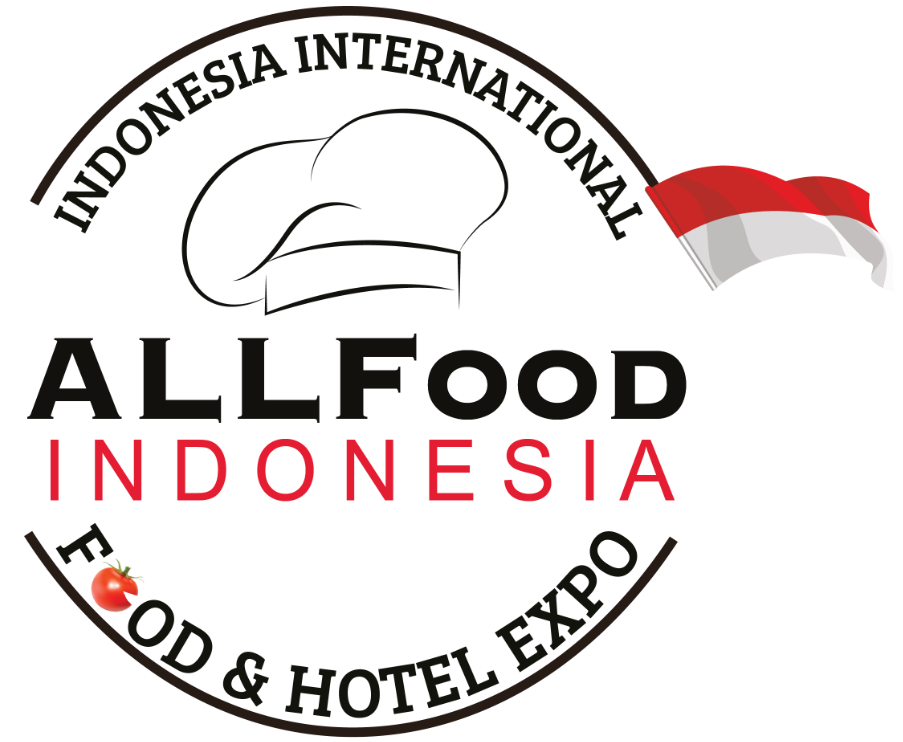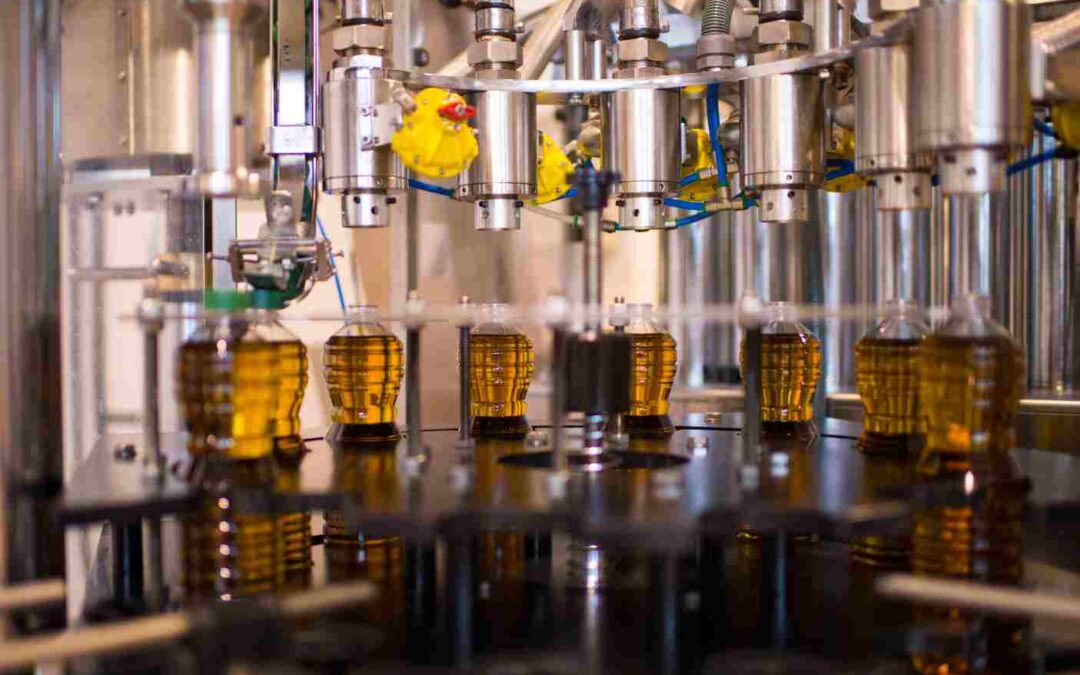Cooking oil is a staple ingredient that is often used in various dishes. The process of making cooking oil involves several important steps, from selecting raw materials to distributing the final product. This article will discuss in detail the cooking oil production process.
Selection and Preparation of Raw Materials
The cooking oil production process begins with selecting quality raw materials. Cooking oil can come from various sources, such as palm oil, soybeans, sunflower and corn. The quality of raw materials greatly influences the final results of the oil produced. Once the raw materials are selected, the next step is cleaning. The selected raw materials will be cleaned from dirt, dust and other foreign materials. This process includes washing and separating defective beans to ensure only the best raw materials are used.
Oil Extraction
Once the raw materials are ready, the oil extraction process is carried out. There are two main methods used to extract oil from raw materials:
Mechanical Extraction (Pressing): This method uses a press machine to extract oil from seeds or fruit. The cleaned seeds or fruit are crushed and then pressed to release the oil. Even though the results of this process contain dregs and impurities, this method is considered more natural.
Chemical Extraction (Solvent Extraction): In this method, the raw material is soaked in a solvent, usually hexane, to dissolve the oil. After this process, the dissolved oil is separated from the dregs and solvent. The solvent is then removed through a heating process, producing a purer oil.
Oil Refining
After the oil is extracted, the next step is the refining process to improve the quality and safety of the oil. This process includes several important steps:
Degumming: Removes phospholipids and impurities that can affect oil quality.
Bleaching: Removing color, odor and dirt using bleaching earth and heating.
Deodorizing: Removes unwanted odors and tastes through a steam heating process, which also helps improve oil stability.
Quality Testing
After the refining process, the resulting cooking oil will be tested to ensure its quality. This testing includes:
Acid Test: Determines the acidity level of the oil.
Water Content Test: Ensures the water content in the oil is within safe limits.
Taste and Aroma Test: Ensure there are no undesirable odors or tastes.
Packaging
After passing the quality test, cooking oil is ready to be packaged. The packaging process includes several stages:
Filling: Cooking oil is put into bottles, plastic packaging, or drums according to the desired size.
Sealing: The packaging is sealed to maintain the cleanliness and quality of the oil.
Labeling: Packages are labeled with product information, including expiration date, nutritional content, and instructions for use.
Distribution
Once packaged, cooking oil products are distributed to various marketing channels, including supermarkets, grocery stores and restaurants. An efficient distribution process ensures that products reach consumers in the best condition.



